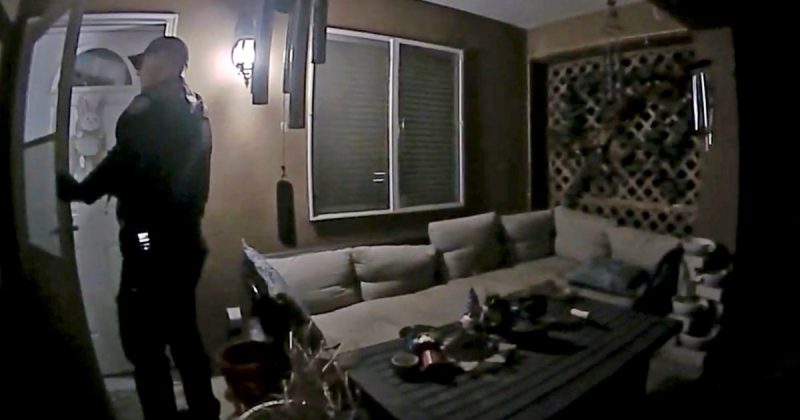
A federal judge in New Mexico recently dismissed a portion of a lawsuit against Farmington police officers involved in a fatal shooting. The incident, which occurred in April 2023, involved the death of 52-year-old Robert Dotson. Police, responding to a domestic violence call, arrived at the wrong address. Mr. Dotson, hearing a knock at his door late at night, grabbed a handgun before answering. When he appeared at the door and raised the firearm, three officers opened fire, killing him. Crucially, Dotson never fired his weapon.
The lawsuit, filed by Dotson’s family, alleged that the officers violated the family’s civil rights and acted unreasonably. However, Judge Matthew Garcia ruled that the officers’ use of deadly force was reasonable, given the perceived threat posed by Dotson’s raised firearm and the rapid unfolding of events. The judge also granted the officers qualified immunity, a legal protection shielding government officials from liability in certain circumstances involving alleged constitutional rights violations.
This decision comes on the heels of a unanimous Supreme Court ruling emphasizing the consideration of the ‘totality of circumstances’ when evaluating police shootings under the Fourth Amendment. This suggests a shift away from focusing solely on the ‘moment of threat’. Despite the dismissal of part of the lawsuit, the Dotson family’s legal team intends to proceed with other claims under tort law and the New Mexico Civil Rights Act, which offers less stringent immunity protections for law enforcement.
The case highlights the complex legal landscape surrounding police shootings, particularly those involving errors in addressing and the use of qualified immunity. Critics argue that qualified immunity often shields officers from accountability, even when mistakes lead to tragic consequences. Professor Philip Stinson of Bowling Green State University noted that such court decisions can leave observers questioning the outcome, particularly when acknowledging police error while still upholding the use of deadly force. The legal battle is far from over, and the case promises to continue to generate debate about police practices, qualified immunity, and the balance between public safety and individual rights.
The Dotson family’s lawyers contend that the officers’ failure to adequately identify themselves and the blinding effect of the flashlight contributed to the tragic outcome. They argue that Dotson had insufficient time to react to commands before being shot. The lawsuit also details the harrowing experience of Dotson’s wife, who, upon hearing the gunshots, came downstairs to find her husband dead and subsequently fired her own weapon outside, fearing for her safety. The police, in response, fired 19 more rounds, narrowly missing her.
This case underscores the critical need for clear protocols and rigorous training for law enforcement to minimize the risk of mistaken identity and deadly force in these high-pressure situations. The ongoing legal proceedings will be closely watched as they continue to shape the discussion around police accountability and the application of qualified immunity.










